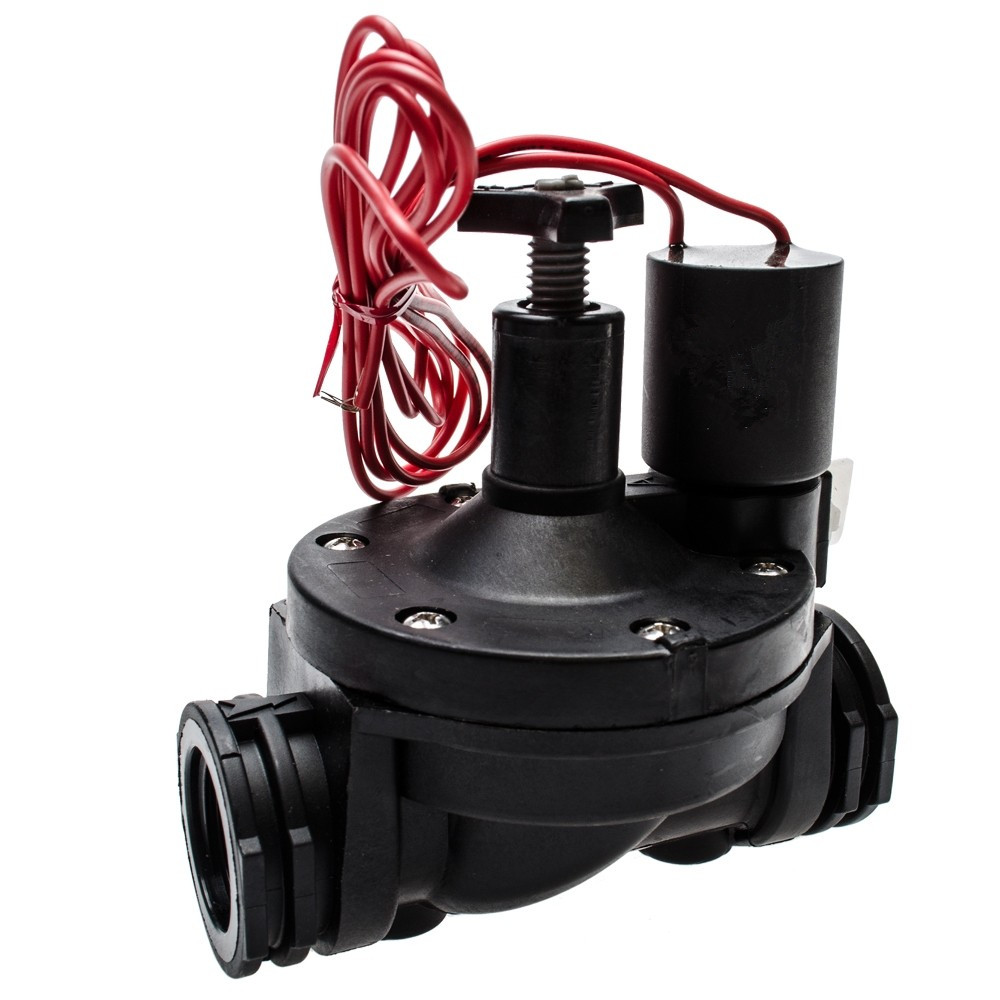Introduction and Features of Flow Control Valves
In the application of hydraulic system, flow controls valves need to meet these following requirements: sufficient conditioning range; stable minimum flow; small temperature and pressure influence on the flow; small leak and so on.
By adjusting the size of orifice flow area at a certain pressure, flow control valves can change the flow when it goes through the valve. In hydraulic system, the purpose of controlling the flow is to change the actuator speed.
Main features of flow control valves:
1. The fluid will become small when the pressure changes.
2. The change of the fluid will be small if the temperature of the oil changes.
3. Big flow conditioning range. The valve can get a small stable flow and not easy blocked.
4. In fully open situation, the pressure loss would be small.
5. Small leak. And for high-pressure valve, its conditioning torque is small too.
6. Flow control valves are safe and reliable, with high control flexibility and long service life.
